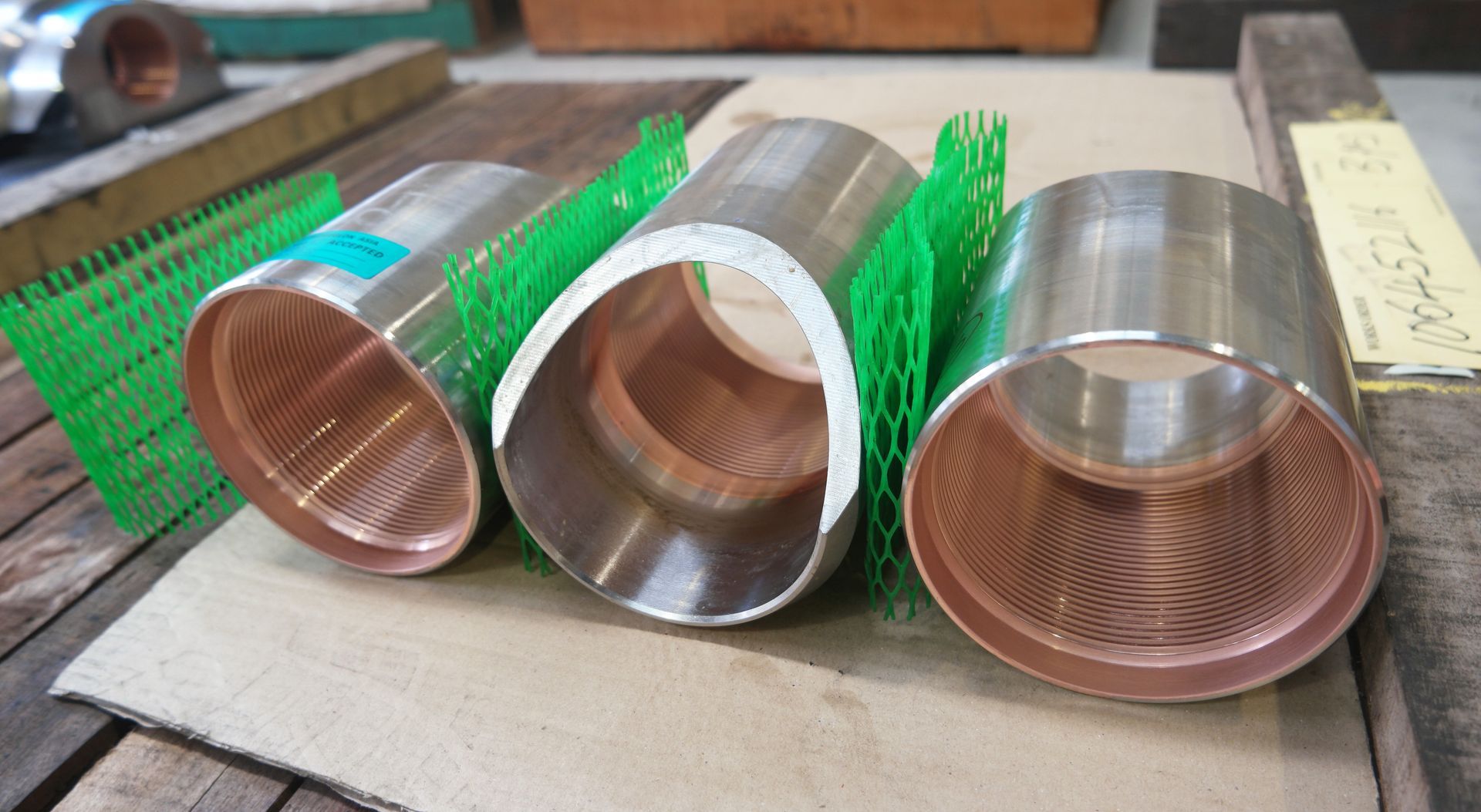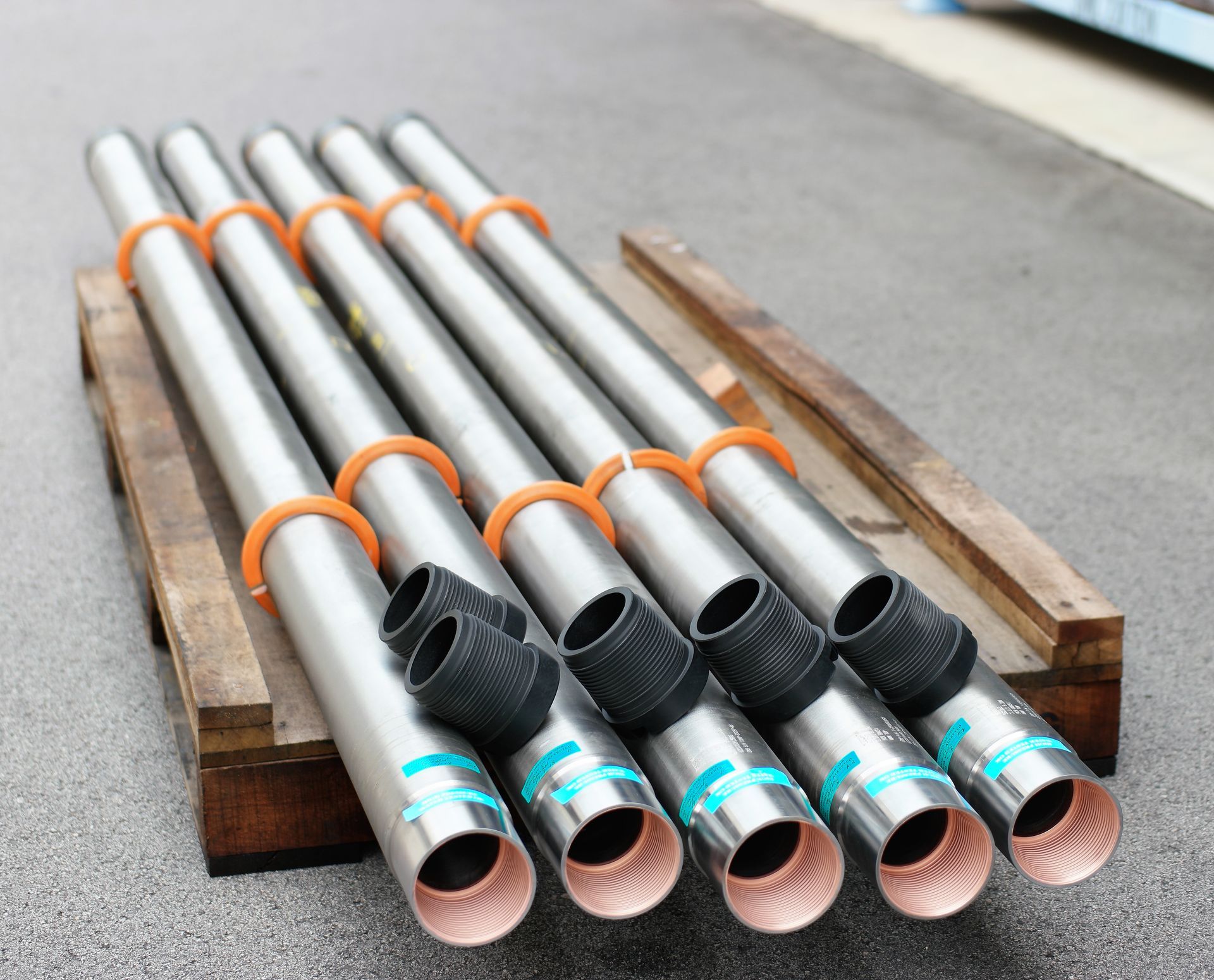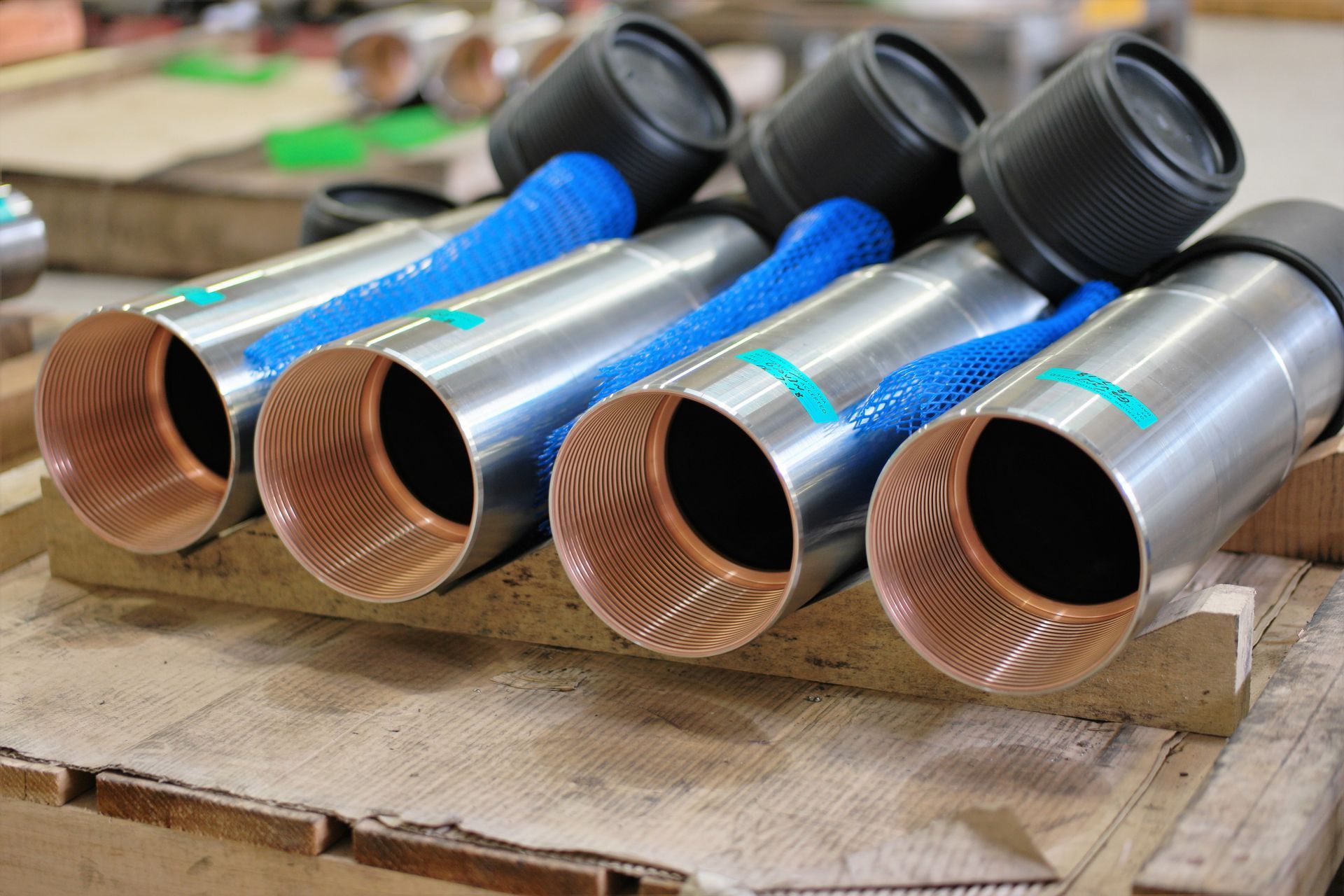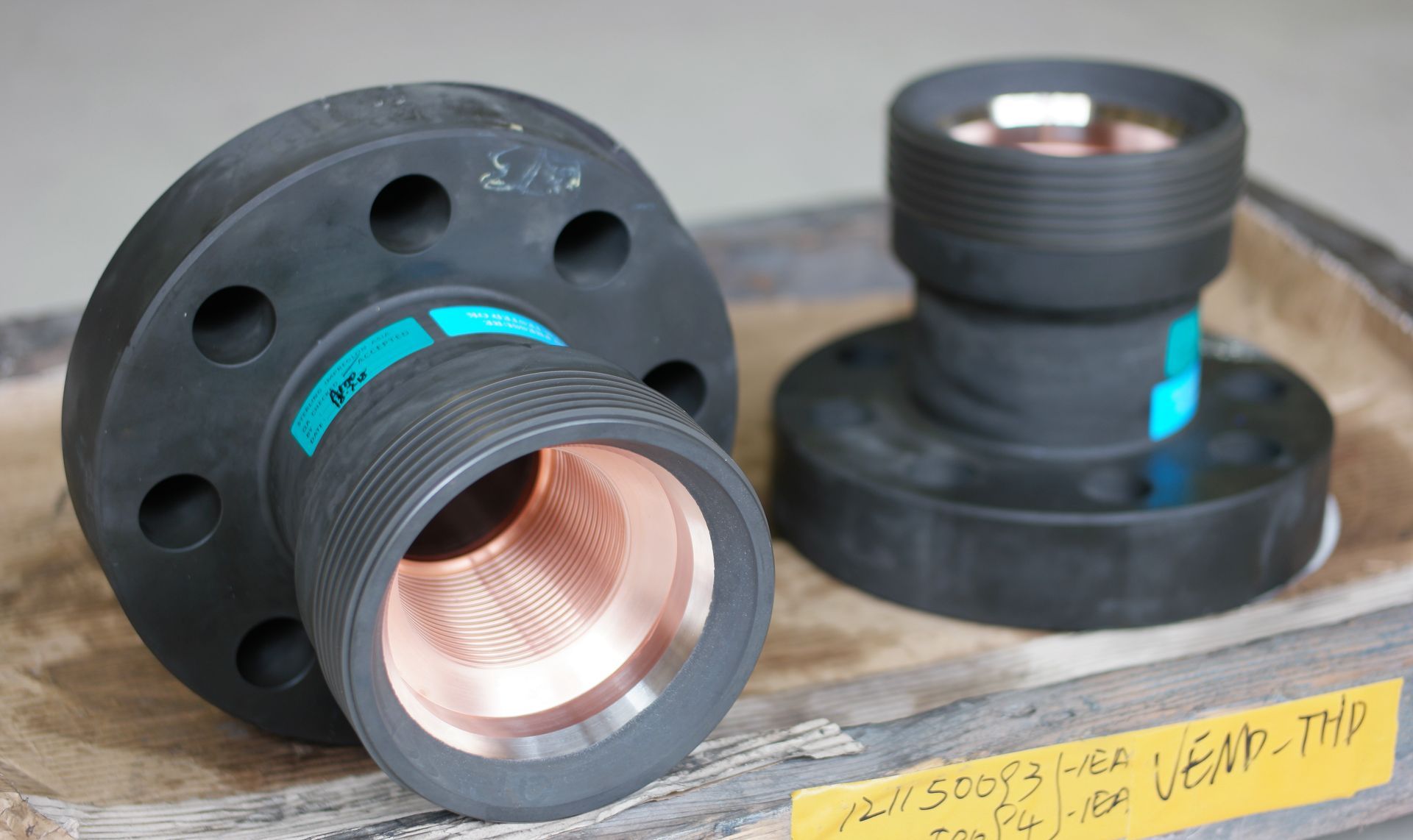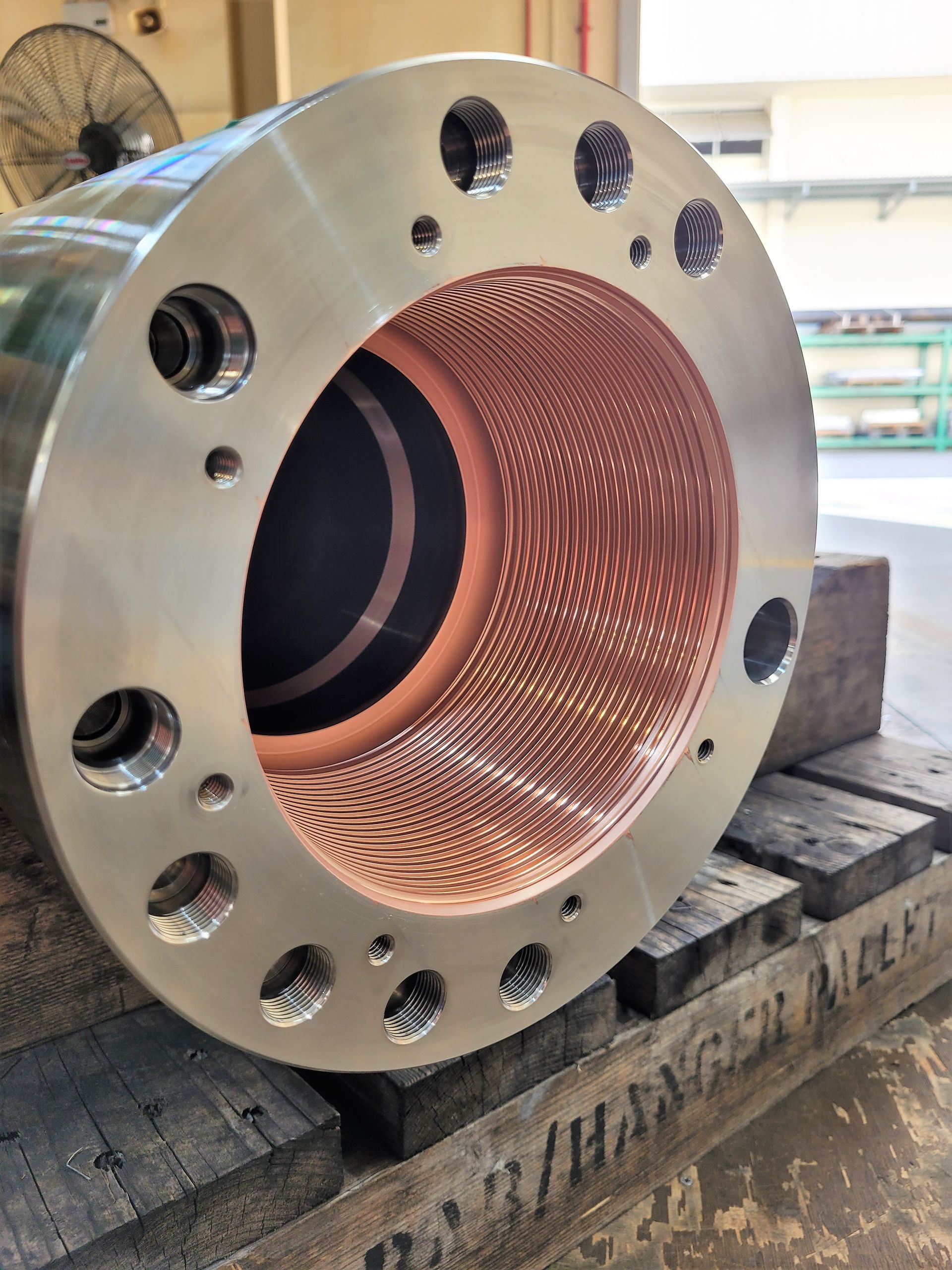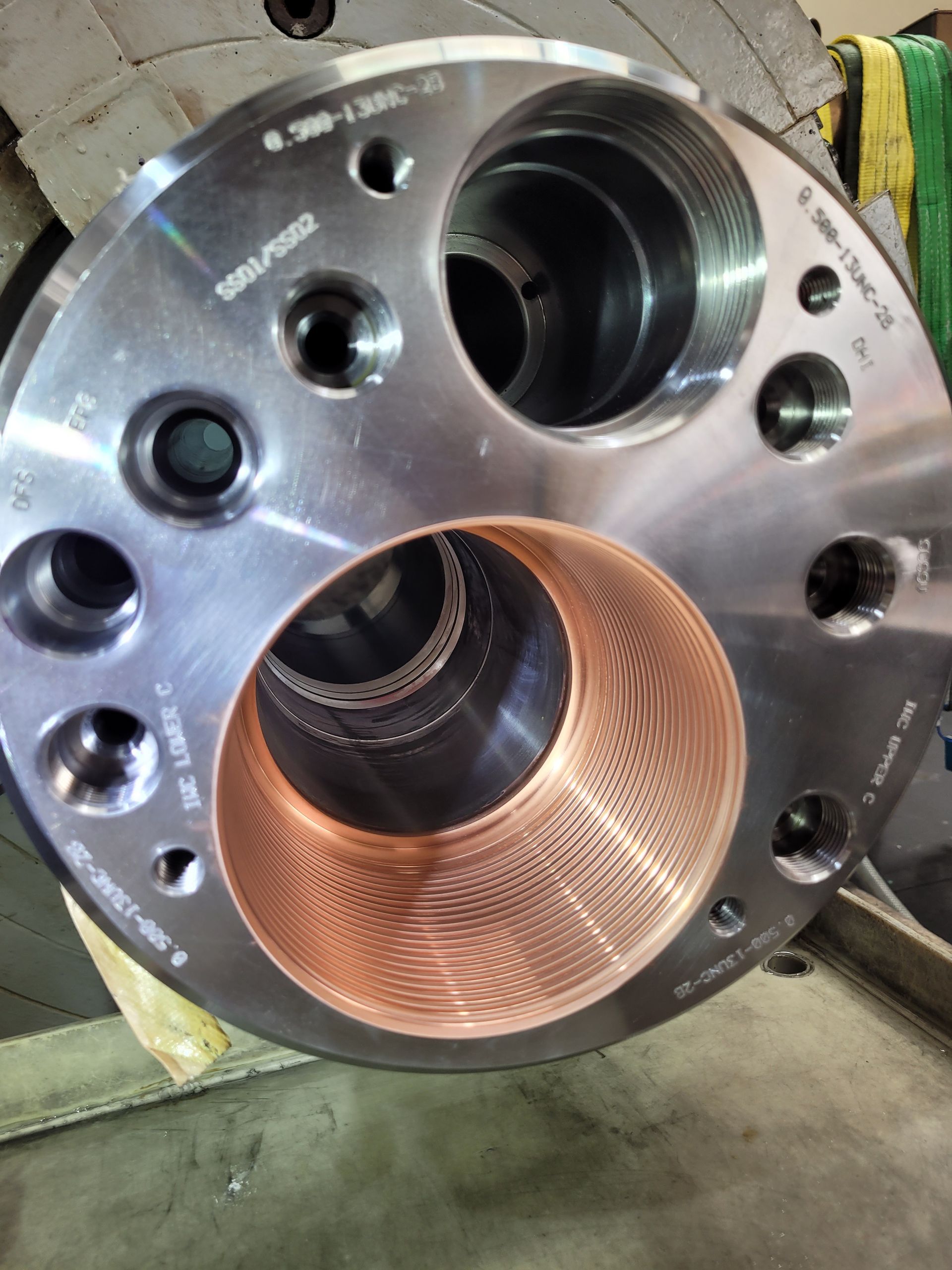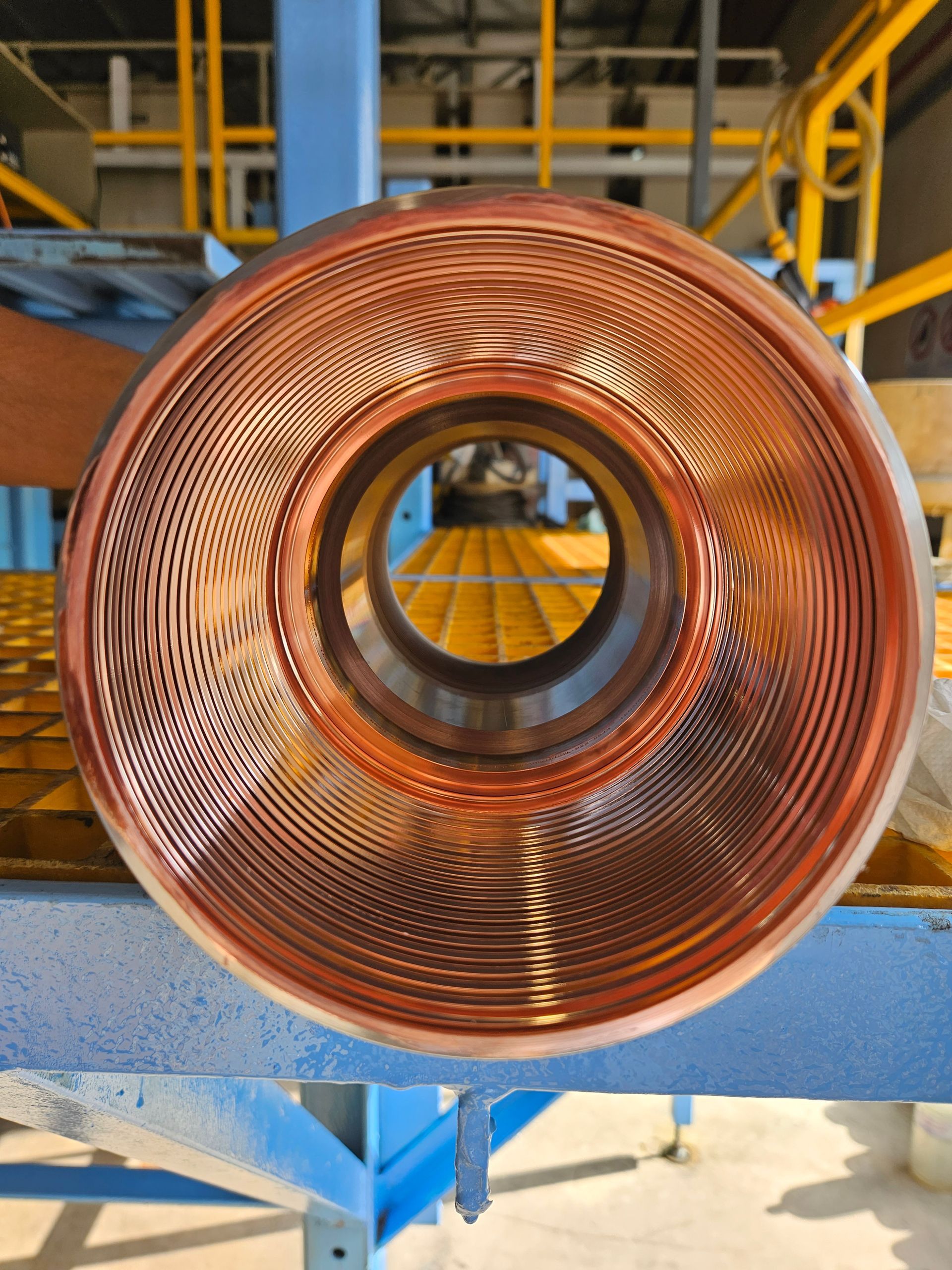Oil and Gas Industry
Brush Plating, also known as selective plating or portable electroplating, is a specialized surface treatment technique that plays a crucial role in the maintenance of oil tool components in the oil and gas sector. This process offers unique advantages, making it an indispensable method for enhancing the performance, durability, and reliability of critical equipment used in the oil and gas components.
Common Applications
Anti-Galling Protection
Brush Copper Plating significantly reduces the risk of galling and seizing in vital oil tool components, ensuring smooth operation and avoiding costly breakdowns.
Corrosion Protection
Brush Plating is commonly employed to apply protective coatings on various components. These coatings act as a barrier against corrosive substances, extending life of equipment and reducing maintenance cost.
Wear and Corrosion Resistance
Brush plating can be used to deposit wear-resistant coatings on critical surfaces, ensuring the equipment can withstand the demanding operational conditions and minimize downtime due to wear related failures.
Dimensional Restoration
Brush Plating allows for targeted buildup of material on worn or damaged areas, restoring the original dimensions and extending the life of critical components.
Selective Coating
Brush Plating allows for precise control over the deposition process, making it suitable for selective coating applications where only specific areas are need to be plated.
Enhanced Lubrication
Brush copper plating creates a protective layer, preventing direct metal-to-metal contact. The plated surface reduces friction and wear, fostering smoother operation.
Understanding Galling
Oil tool connections, the lifeline of drilling operations and the Oil & Gas industry, are not immune to galling - a phenomenon where surfaces weld together under pressure and friction. The repercussions are severe: compromised performance, costly repairs, and operational downtime. But why does it happen?
Galling occurs when two metal surfaces, often under extreme pressure, seize together and exhibit signs of adhesive wear. This bonding is fueled by various factors, including material composition, lubrication, and surface finish. The result? Increased friction, wear, and potential damage to the connection threads.



